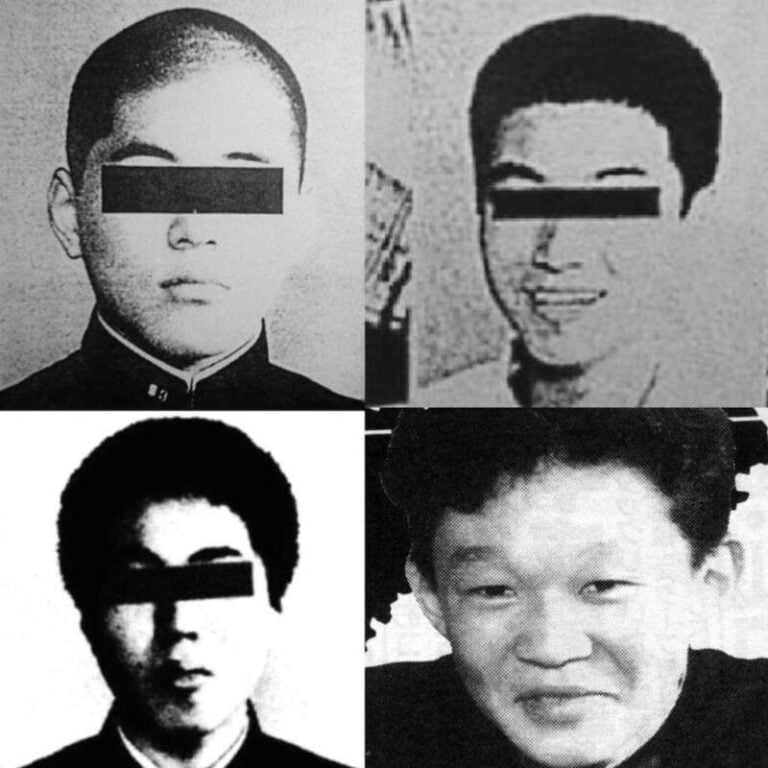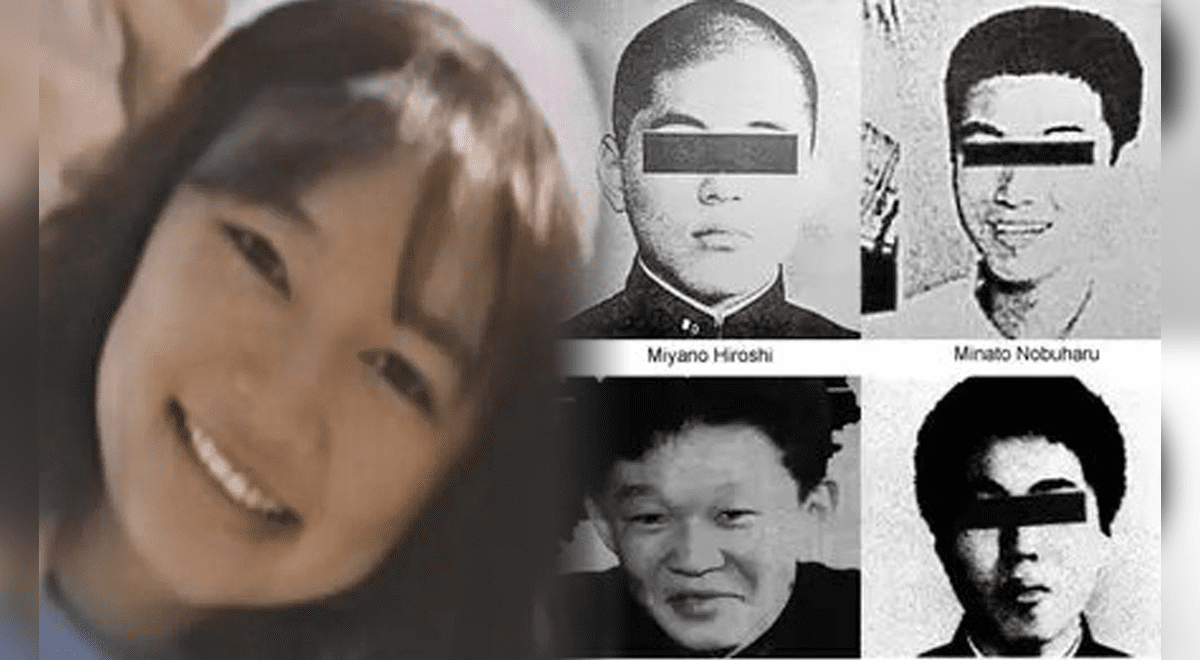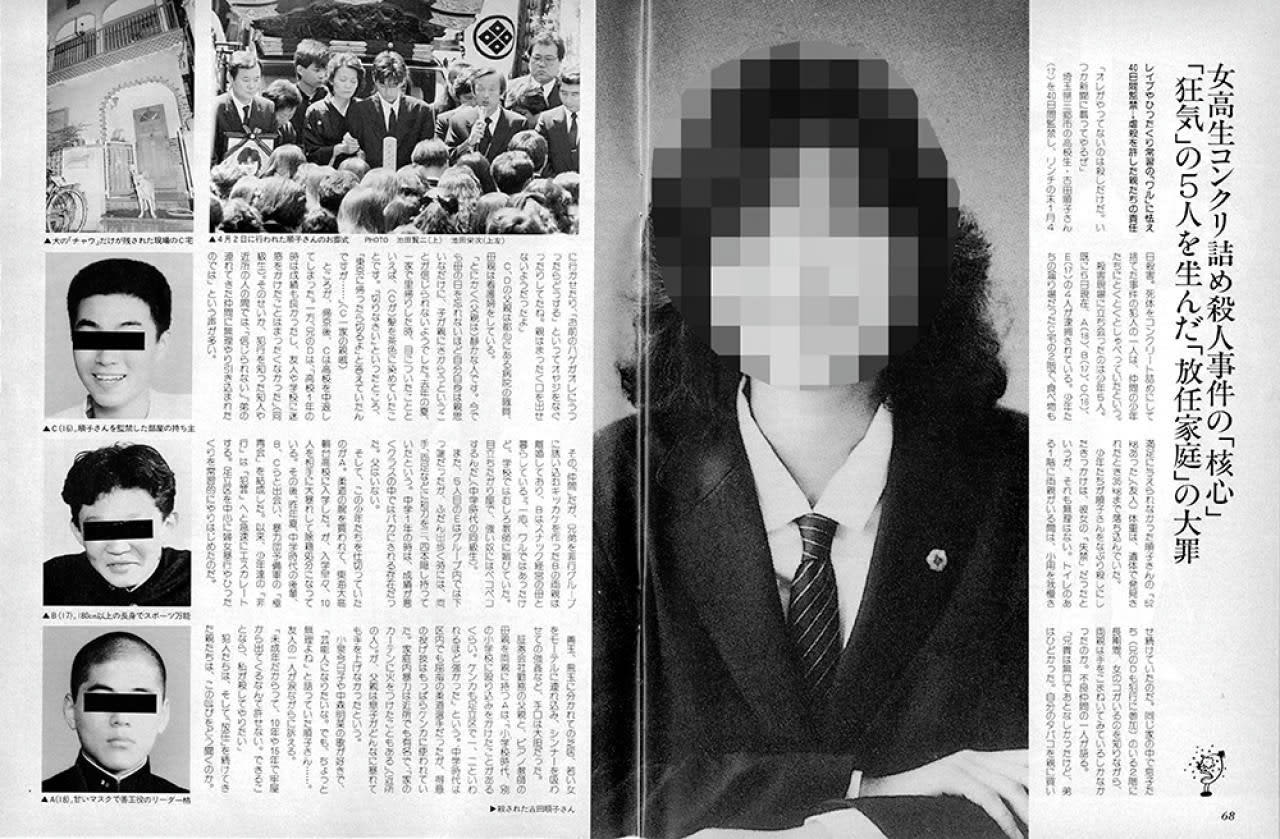Can justice truly be served when the scales tip so drastically, leaving victims and their families forever scarred? The case of Junko Furuta, a name etched into the annals of Japanese history as a testament to unimaginable cruelty, poses this question with brutal clarity.
Born in Misato, Saitama Prefecture, on January 18, 1971, Junko Furuta was, for the first 17 years of her life, a seemingly ordinary Japanese high school student. She lived with her parents and siblings, navigating the typical trials and tribulations of adolescence. However, this normalcy was shattered in 1988, when she became the target of a horrific crime that would shock the nation and expose deep flaws within the Japanese justice system. The events that unfolded over the next 40 days, from November 25, 1988, to January 4, 1989, constitute one of the most heinous acts of violence in modern history, a chilling testament to the depths of human depravity.
| Junko Furuta: A Profile | |
|---|---|
| Full Name: | Junko Furuta |
| Date of Birth: | January 18, 1971 |
| Place of Birth: | Misato, Saitama Prefecture, Japan |
| Age at Time of Abduction: | 17 |
| Education: | High School Student |
| Known For: | Victim of the Junko Furuta murder case, one of the most heinous crimes in Japanese history. |
| Victims of: | Hiroshi Miyano, Shinji Minato, Jo Ogura, and Yasushi Watanabe |
| Date of Death: | January 4, 1989 |
| Details of Death: | Abducted, tortured, raped, and murdered by four teenagers over a 40-day period. |
| Reference: | Wikipedia - Murder of Junko Furuta |
The abduction, a pivotal moment that marked the beginning of Junko's unimaginable suffering, occurred when she was just seventeen years old. It was the start of an ordeal perpetrated by four male teenagers: Hiroshi Miyano, Shinji Minato, Jo Ogura, and Yasushi Watanabe. These individuals, driven by a twisted combination of malice and a complete disregard for human life, initiated a campaign of terror that would last for forty agonizing days. The details of what happened during those days are almost too difficult to bear, a chronicle of relentless physical and psychological torment. Junko was subjected to extreme forms of torture, repeated sexual assault, and a level of degradation that defied human decency. This was not a fleeting act of violence; it was a sustained campaign of cruelty, meticulously planned and ruthlessly executed. Her captors, emboldened by their actions, seemed to relish the suffering they inflicted.
- Exploring Christian Bales Relationships A Deep Dive Into His Personal Life
- Riley Green Bio The Rise Of A Country Music Star
The perpetrators, seemingly emboldened by their actions, meted out cruelty without restraint. Days blurred into a nightmare of abuse, each one a repetition of the last, deepening her despair. The physical and psychological toll on Junko must have been immense. Her tormentors, fueled by their dark impulses, continued their acts of brutality, leaving her with little hope of escape. The details are chilling, a testament to the lengths to which humans can descend. The specifics of the abuse, the methods of torture, and the utter disregard for her humanity paint a picture of a depravity that is difficult to comprehend. This wasn't just a crime; it was a sustained campaign of cruelty, meticulously planned and ruthlessly executed.
The question that lingers is not just what happened to Junko Furuta, but why? Why did these young men, barely out of adolescence, commit such atrocities? Were they driven by a specific motive, or was their behavior the product of a more complex set of factors, a combination of social influences, a lack of moral compass, and a chilling disregard for human life? The answers, while complex, lie in understanding the environment in which these crimes were committed and the societal factors that might have contributed to the perpetrators' actions.
The legal aftermath of the crime further compounded the tragedy. Despite the severity of their actions, the perpetrators received sentences that were, to many, shockingly lenient. Shinji Minato, though tried as an adult, was initially sentenced to a mere 4 to 6 years in prison after pleading guilty to a single charge of committing bodily injury that resulted in death. This relatively light sentence sparked outrage and a wave of criticism regarding the perceived leniency of the Japanese judicial system when dealing with juvenile offenders. The sentence was eventually increased on appeal, with Judge Ryji Yanase revising it to 5 to 9 years, but even this increase failed to satisfy the public's sense of justice. Jo Ogura and Yasushi Watanabe, also found guilty, received similarly inadequate punishments. This aspect of the case highlights a wider debate about the balance between rehabilitation and retribution, the role of the legal system in preventing future crimes, and the complex challenges in finding justice for the victims and their families.
- Is Jennifer Lopez Pregnant Everything You Need To Know
- What Is Wrong With Ambani A Deep Dive Into The Challenges Faced By One Of Indias Wealthiest Families
The implications of the case extended far beyond the immediate events. It provoked a critical assessment of Japanese society, probing the values, attitudes, and systemic shortcomings that might have contributed to such a tragedy. The case brought into focus the issue of juvenile crime and the need for a more comprehensive approach to dealing with young offenders. It also shed light on the roles of bullying, peer pressure, and the importance of ethical boundaries in shaping the behaviors of adolescents. The lenient sentences imposed on the perpetrators raised profound questions about the effectiveness of the justice system and its ability to deter similar crimes in the future.
Furthermore, the case fueled a debate about the role of the media and the ways in which sensationalized coverage can influence public perception of crime and justice. Some critics have accused the media of exploiting the tragedy for commercial gain, while others argue that the widespread media attention served an important purpose by raising awareness about the case and the issues it highlighted. The way the case was portrayed, the language used, and the focus of the coverage, all contributed to the enduring legacy of Junko Furuta. This case became a symbol of a broken system and a victim's struggle for justice.
The tragic story of Junko Furuta serves as a reminder of the darkness that can exist within humanity. It is a story of unimaginable suffering, a story of injustice, and a story that compels us to reflect on the values of our societies, our legal systems, and our shared responsibility to protect the vulnerable. It demands a reevaluation of our priorities, a focus on preventing such atrocities from happening again, and a commitment to ensuring that justice is truly served for all victims. The case is a stark illustration of the need for stronger measures to protect those at risk. It is a call for societal self-reflection, encouraging communities to foster an environment that promotes respect, empathy, and human dignity. The legacy of Junko Furuta is not just about the horror of her death, it is about the importance of never forgetting, of advocating for change, and of fighting for a world where such a tragedy could never happen again.
- Simon Helberg The Multifaceted Talent Behind Howard Wolowitz
- Joe Rogan Body Exploring The Transformation Of A Fitness Icon


